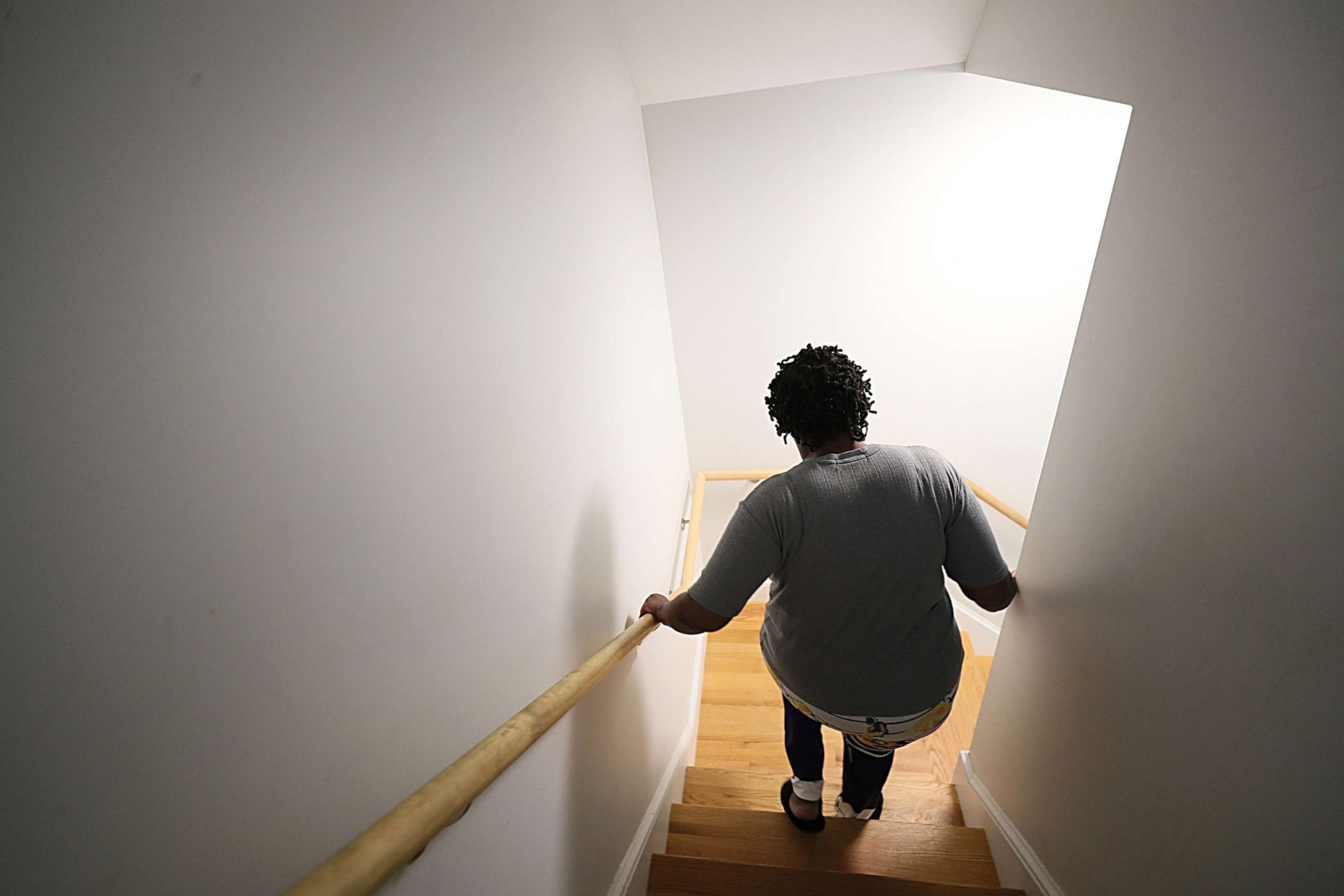Infection
Long COVID research opens door for further exploration on post-viral illness
For decades, scientists have been studying why some people experience prolonged illnesses in the wake of even mild infections. Now, due to the millions of people suffering from a similar phenomenon after COVID-19 infection, new funding and research efforts are beginning to unlock some of the mysteries that can help explain long flu, long cold and long COVID.
According to Dr. Todd Ellerin, chief of infectious diseases at South Shore Health, about 8 million people suffer from complications of long COVID, which can include a fast heart rate, brain fog and chronic shortness of breath that persist months after initial infection.
However, post-viral illness is not a new phenomenon. Long COVID raises awareness of many other infectious diseases that are associated with post-viral illness, including infectious mononucleosis and Lyme disease.
“Regardless of the virus, an individual can continue to experience symptoms weeks or even months after the acute phase of the initial infection,” Dr. Syra Madad, an infectious disease epidemiologist, said.
These symptoms are significant enough that they can impact an individual’s quality of life, whether it’s going out to work, going out for social events or simply being able to do daily activities.
Chronic fatigue syndrome is another post-viral illness that was prevalent long before the COVID era. It’s defined as debilitating fatigue that lasts at least six months, with the exclusion of alternate causes of fatigue.
“The first thing that’s important is to actually recognize the illness is real,” said Dr. William Schaffner, professor of medicine at Vanderbilt University’s Division of Infectious Diseases. Historically, patients with chronic fatigue syndrome were regarded with great skepticism — even by doctors.
Many of these syndromes appear as “invisible” illnesses, Ellerin said. “There’s a disconnect between the findings and what the patient is complaining about. When we do testing of blood or imaging or X-rays, everything comes back normal. We don’t know the exact causes of these syndromes, we don’t know exactly what to treat with, and it’s frustrating.”
“Imagine being in bed for 18 hours a day,” Ellerin continued. “That’s what we’re talking about. It’s hard to look patients in the eyes and know that you don’t know how to cure their problem.”
Despite decades of frustration, new research funding set aside for long COVID patients is offering hope for the future and can help guide therapeutics.
According to Ellerin, it’s important to put a name to the diagnosis, even in the midst of uncertainty.
“If you don’t put a name on it, then how are you going to define it, and if you can’t define it, how are you going to research it?” Ellerin asked.
Tamika Samson, suffering from long covid, walks down the steps leading from her apartment, in Worcester, Mass., Aug. 23, 2023.
Boston Globe via Getty Images
Researchers at the Perelman School of Medicine at the University of Pennsylvania recently found that long COVID patients had different levels of chemicals in their body compared to those who had recovered, the most significant of which were levels of serotonin.
“Reduced serotonin levels, that’s an association. That doesn’t mean it’s the answer, but maybe if we replace their serotonin, maybe they’ll do better,” Ellerin said.
In the meantime, effective therapies can help patients feel better. That could include lung exercises, heart exercises, pain management, physical therapy and mental health therapy.
The emergence and severity of long COVID has led not only to scientific research but to the creation of many clinics across the United States, one of them at the University of Pittsburgh Medical Center. Patients are eligible to be seen in the clinic if they are at least 8 weeks from their initial COVID diagnosis. Approximately 60% of patients are self-referred. Long COVID experts partner with consultants in pulmonary/sleep medicine, cardiology, neurology and physical medicine, as well as rehabilitation, physical and occupational therapy, and mental health therapy.
According to Schaffner, treatments are largely “supportive,” targeting symptoms. For aches and pains, physical therapy has helped patients cope and respond rapidly. For brain fog, patients are given various psychological exercises and short-term memory training to help them concentrate and focus on tasks.
For patients with unexplained exercise limitations, Dr. Michael Risbano, assistant professor of medicine, at the University of Pittsburgh Medical Center’s Department of Pulmonary and Critical Care Medicine, can perform Advanced Cardiopulmonary Exercise Testing (ACPET), a minimally invasive procedure performed at the cardiac catheterization lab. This test helps find different causes and treatments for exercise limitation in patients with long COVID and can help them get back to their baseline level of physical function.
For many of these post-viral diseases, experts said it’s important to reduce the risk of developing illness in the first place by staying up to date on vaccinations.
“I don’t think people appreciate that enough. These vaccines are not just for your acute phase of infection, but even in the long run, it’s decreasing your chances of experiencing some long chronic issues,” Madad said.
COVID-19 and flu vaccines are available and recommended for the upcoming winter respiratory virus season. RSV shots are also available for older adults, infants and some pregnant women.
In the meantime, Madad said it’s important for doctors to stay up to date on the best way to care for patients with post-viral illness.
“There are patients that are really debilitated because of this,” Ellerin said. “We’re talking about millions and millions of people around the world.”
And as doctors continue to search for effective treatments, Shaffner said, “It is important for physicians to recognize disease, be empathetic with patients, and let them know that you as a doctor will be there with them, caring for them as best as you can. That comforts the patients. That’s something they can almost literally hold on to.”
Krupa V. Patel, M.D., is a resident physician in anesthesiology at the University of Pittsburgh Medical Center and a member of the ABC News Medical Unit.

